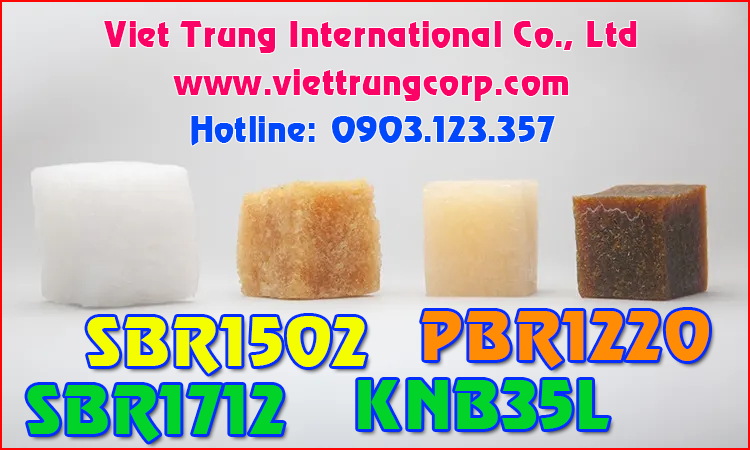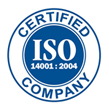VIET TRUNG INTERNATIONAL COMPANY LIMITED
Natural rubber is derived from the sap of the rubber tree, which undergoes polymerization to form isoprene with some impurities. This limits the properties of the rubber. In addition, limitations remain in the proportion of unwanted double bonds and secondary impurities from natural rubber latex polymerization. For the above reasons, the performance indicators of natural rubber are reduced more or less although the vulcanization process helps to improve again.
Synthetic rubber is produced from the polymerization of single structures including isoprene (2-methyl-1, 3-butadiene), 1,3-butadiene, chloroprene (2-chloro-1,3-butadiene) and isobutylene (methylpropene) with a small percentage of isoprene for chain linkage. In addition, these single structures can be mixed in desired proportions to produce copolymerization which results in synthetic rubber structures with different physical, mechanical and chemical properties. .

Since the 1890s, when road vehicles using steam wheels were introduced, the demand for rubber increased rapidly. Political issues cause the price of natural rubber to fluctuate greatly. Shortage of supply, especially during the war years, led to the need to create synthetic rubber.
In 1879, Bouchardt made a synthetic rubber from isoprene polymerization in the laboratory. British and German scientists later, during 1910-1912, developed other methods that also made plastics from isoprene.
Germany was the first country to succeed in the production of synthetic rubber on a commercial scale. This happened during World War I, when the country could not find enough natural rubber sources. This synthetic rubber has a completely different structure from Bouchardt's product, it is based on butadiene polymerization as a result of research in the laboratory of Russian scientist Sergei Lebedev. When the war ended, this rubber was replaced by natural rubber, although scientists continued to search for new synthetic rubber substances and new production processes. The result of these efforts was the invention of rubber "Buna S" (styrene-butadiene rubber)[1]. It is a copolymer of butadiene and styrene, which today accounts for half of global synthetic rubber production.
By 1925, the price of natural rubber had risen to the point where many companies began to look for methods of producing synthetic rubber to compete with the natural product. In the US, the search is focused on ingredients different from what is being studied in Europe. Thiokol began selling neoprene neoprene in 1930. DuPont, based on research results in a laboratory in Nieuwland, introduced a similar rubber to the market in 1931.
U.S. synthetic rubber production grew rapidly during World War II as the Axis fascists controlled nearly all of the world's natural rubber supply - Imperial Japan occupied East Asia . Small improvements to the production of synthetic rubber continued after the war. By the early 1960s, the production of synthetic rubber had surpassed natural rubber.
Viet Trung International Co., Ltd. is a leading supplier and distributor of chemicals for the rubber industry in Vietnam market with many synthetic rubber product codes and rubber additives. With stable quality, reasonable price and a team of experienced technicians in the rubber field - always a reliable partner and accompany you to success.
 CN: Tân Phú, Quận 7, TP. HCM
CN: Tân Phú, Quận 7, TP. HCM
 Hotline: 0903 123 357
Hotline: 0903 123 357
 sales@viettrungcorp.com
sales@viettrungcorp.com
https://www.facebook.com/muoithanden/



Hotline